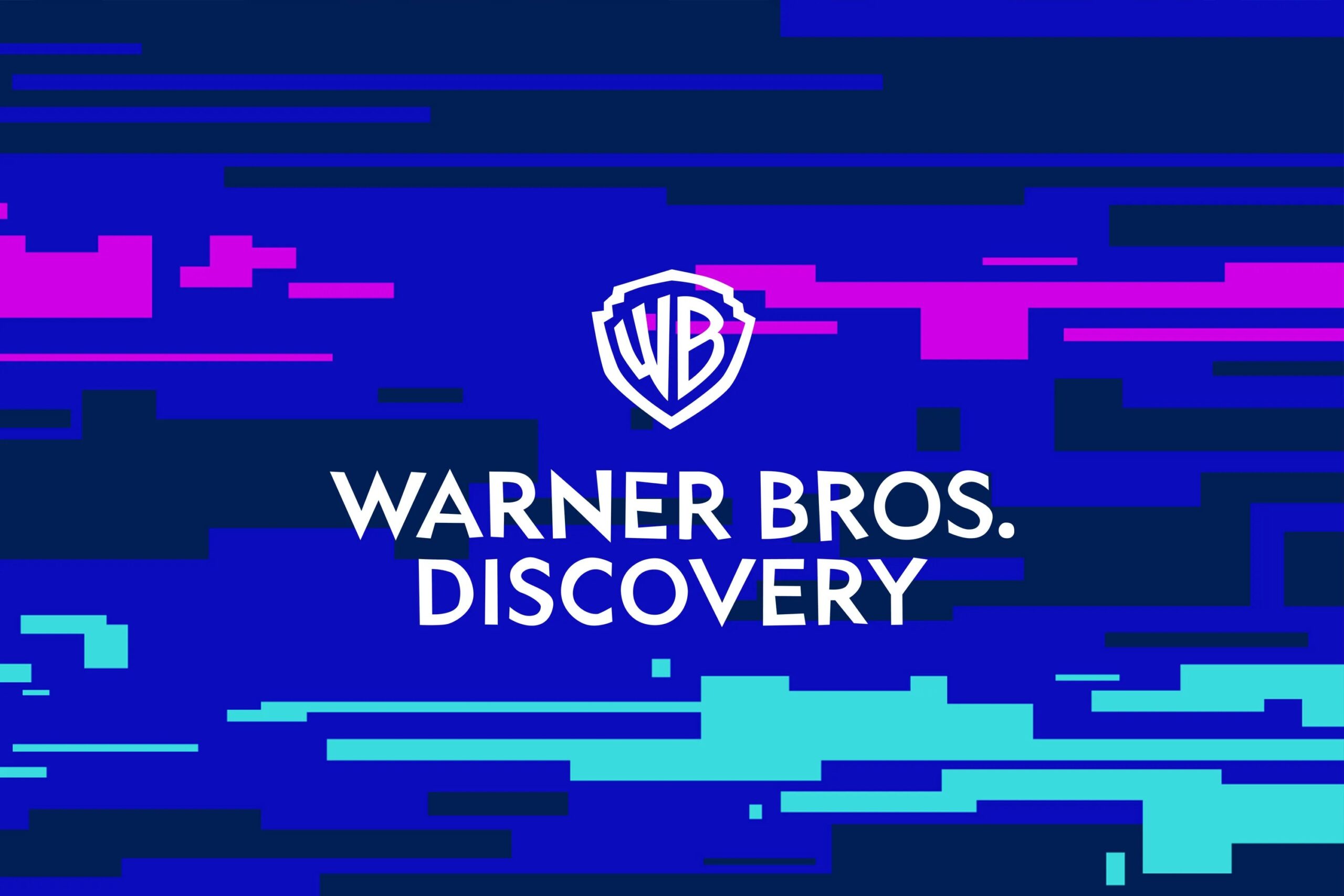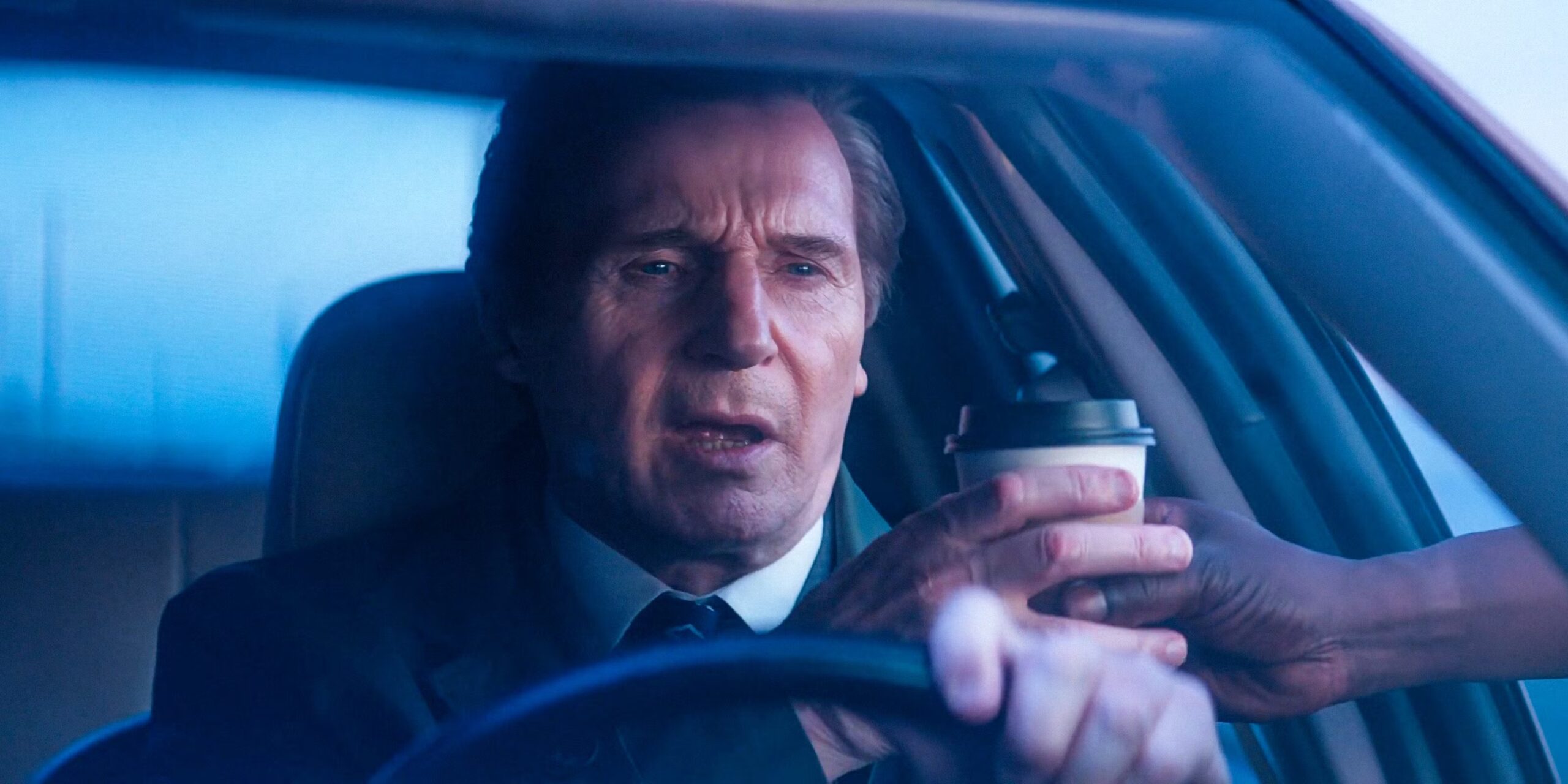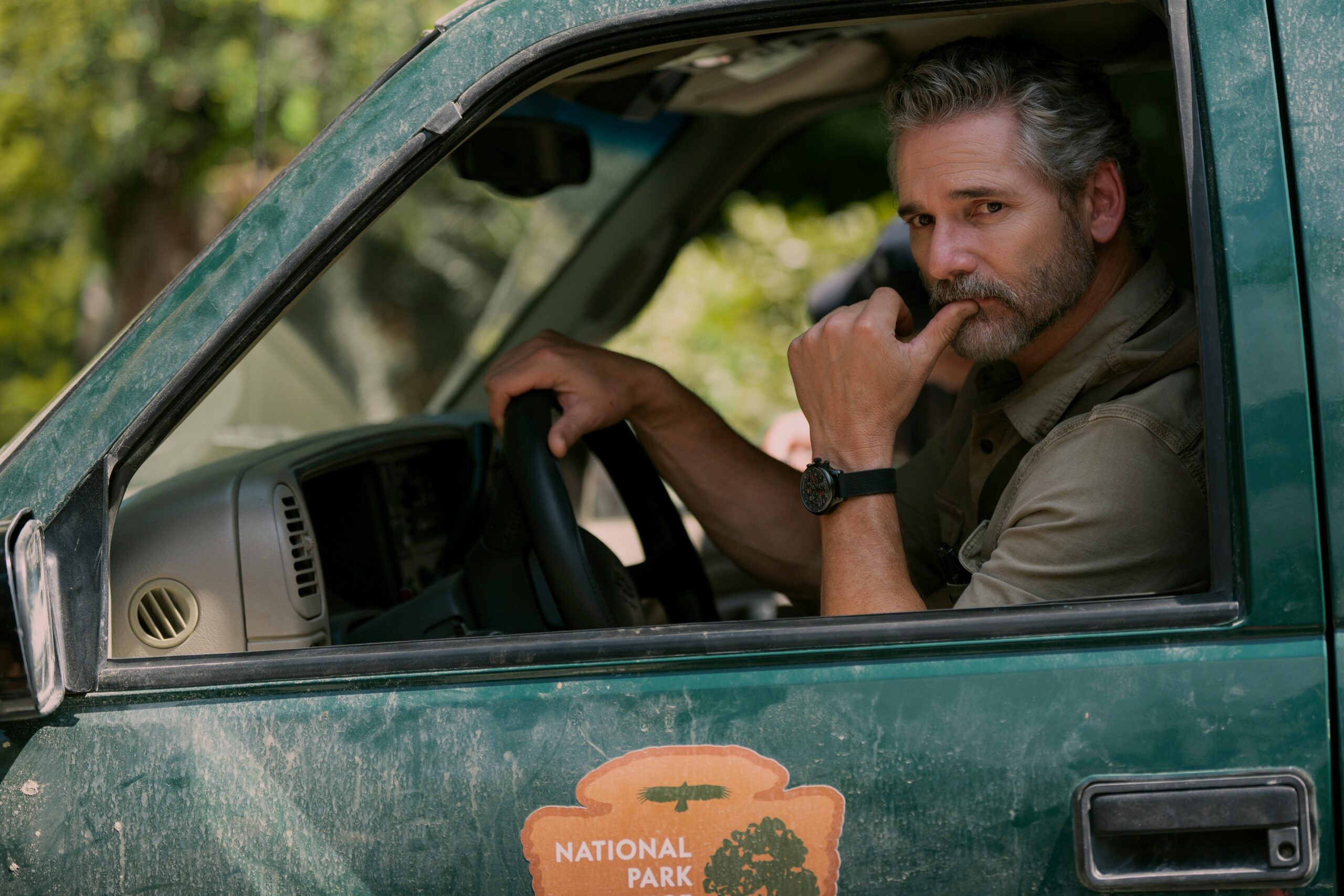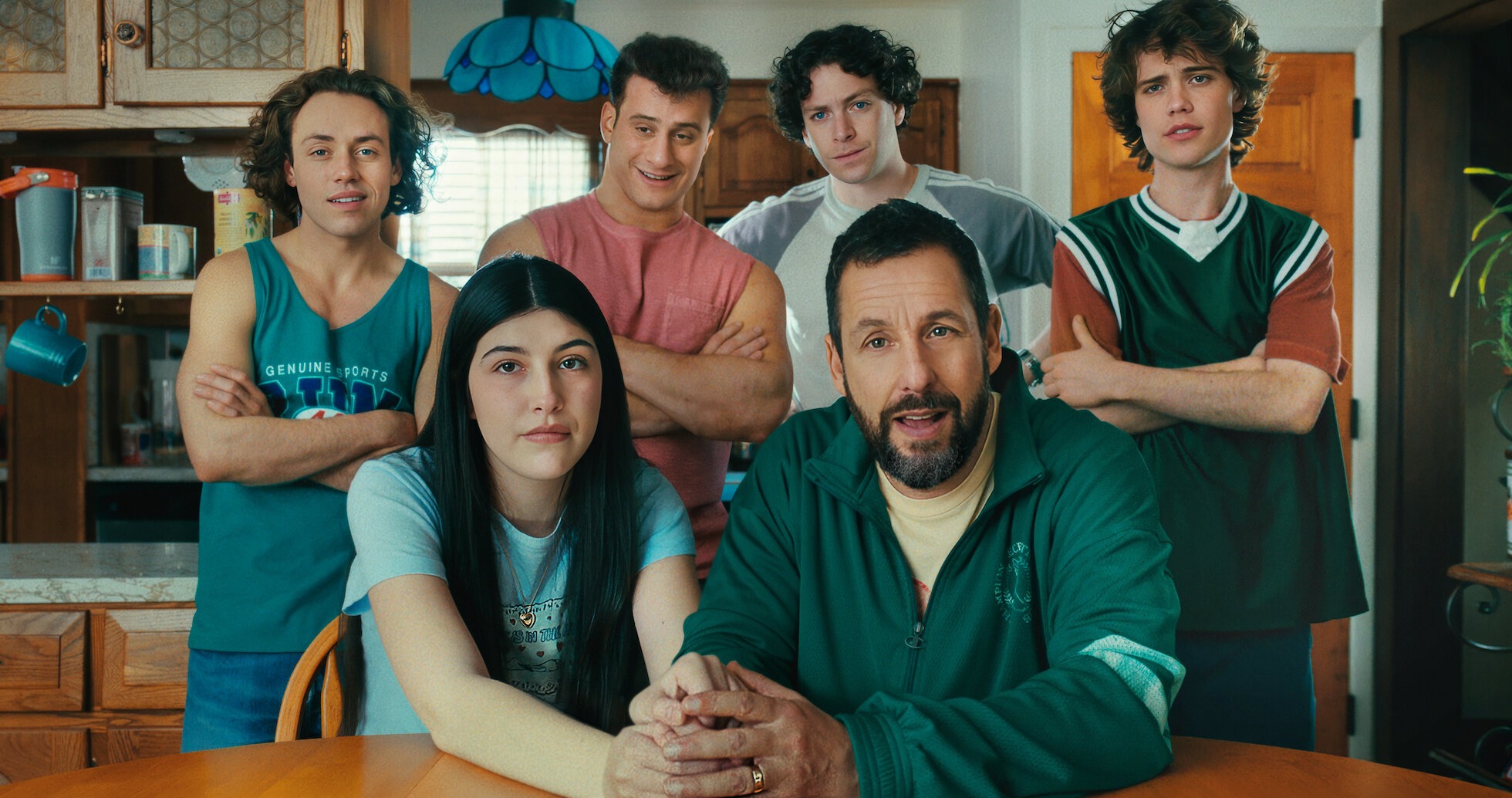Guillermo del Toro’s Gothic Masterpiece Draws Massive Buzz and Bigger Questions
Guillermo del Toro’s long-gestating reimagining of Frankenstein is finally coming to life—though not in the way many fans hoped.
The first teaser trailer for the Netflix-exclusive film, which stars Oscar Isaac, Jacob Elordi, and Mia Goth, dropped over the weekend, and its lavish, gothic visuals have sparked a tidal wave of praise—and frustration.
In what’s quickly becoming a familiar paradox for the streamer, Frankenstein appears to be too good for the small screen. While many Netflix originals generate modest attention, del Toro’s take on Mary Shelley’s iconic novel has viewers clamoring for something more: a theatrical release.
A Passion Project Years in the Making
Del Toro has described Frankenstein as a story he’s dreamt of telling for over 25 years.
In a 2016 interview, the Oscar-winning filmmaker revealed that the novel’s themes of loneliness and existential dread struck a deep chord with him from childhood.
This film, he promised, would include elements typically omitted from prior adaptations, such as the Arctic framing device, offering audiences a rare, faithful rendering of Shelley’s full vision.
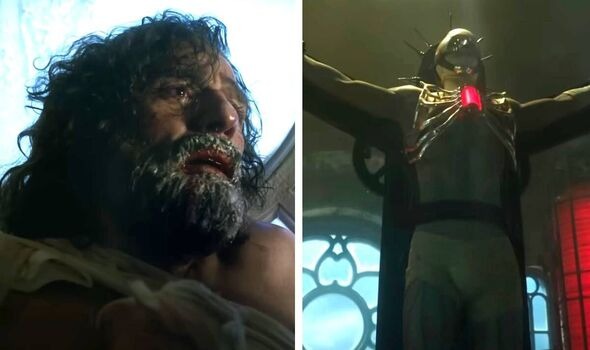
The trailer supports that claim. Sweeping shots of Victorian Europe and icy polar landscapes suggest a cinematic ambition rarely seen in streaming content.
Isaac’s brooding portrayal of Victor Frankenstein, Elordi’s towering and tortured monster, and Goth’s haunting presence round out a cast that seems tailor-made for awards season.
Fans Want Frankenstein Where It Belongs—In Theaters
The reaction has been swift and decisive. YouTube comments beneath the trailer read like a chorus: “This belongs on the big screen,” “Del Toro deserves theatrical releases,” and “This is art, not just content.” Many critics and fans alike argue that the film’s rich textures, meticulous production design, and thematic weight demand to be experienced in a cinema, not on a couch.
Ironically, it’s Netflix—the very platform being critiqued—that enabled the project to move forward at all. After years of studios passing on the idea, Netflix took the risk, greenlighting a film most deemed too niche or redundant. Yet with the success of genre-adjacent theatrical hits like “Nosferatu” and “The Northman,” the decision not to offer Frankenstein a theatrical window now looks more like a missed opportunity than a prudent gamble.
The Bigger Picture: A Tale of Two Frankensteins
Interestingly, this isn’t the only Frankenstein story brewing in Hollywood. Netflix originally developed Maggie Gyllenhaal’s “The Bride,” a modern spin on “Bride of Frankenstein,” before it was scooped up by Warner Bros. That film is slated for a wide theatrical release next March, drawing further comparisons and raising eyebrows.
Del Toro’s Frankenstein, set for a global premiere on Netflix this November, will likely receive limited screenings to qualify for awards season. But the groundswell of support for a full theatrical release points to a growing disconnect between creators, audiences, and streaming platforms. As streaming services continue to reshape the landscape, the case of Frankenstein underscores a vital question: Should prestige films be confined to couches, or do they deserve the reverence—and revenue—of the silver screen?
Frankenstein Deserves Its Monster Moment
Del Toro’s Frankenstein is shaping up to be a landmark adaptation, a moody, operatic reworking of a classic tale that’s anything but tired. But as Netflix positions itself as both auteur incubator and streaming giant, it faces a dilemma. Audiences don’t just want content—they want cinema. And when cinema comes to life, as it has with Frankenstein, the demand for a big-screen experience becomes impossible to ignore.




